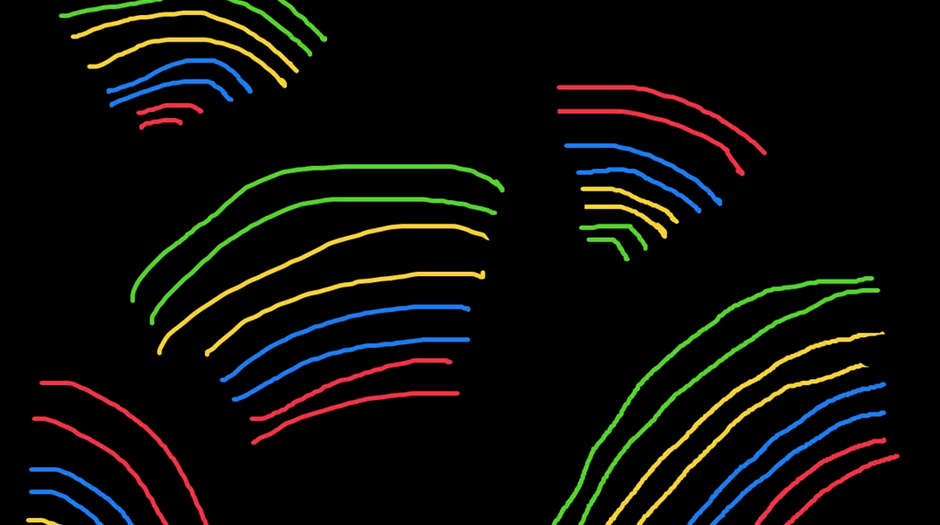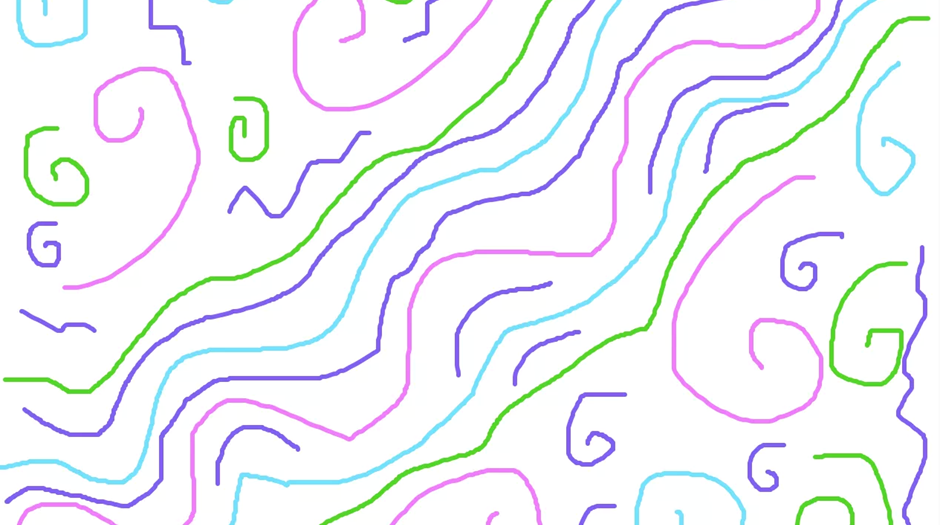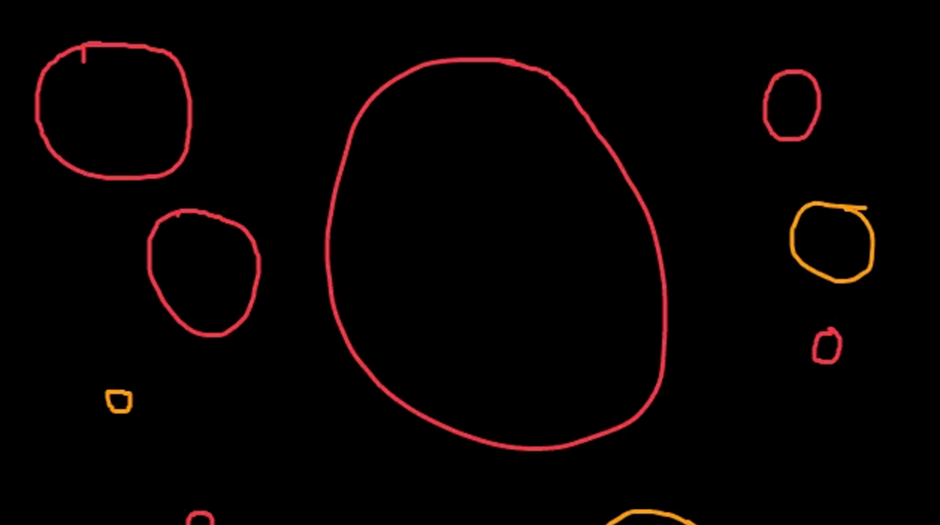28 June 2022
Aspects of computing in the Early Years Foundation Stage (EYFS)



Context
Jeanette Wing (2006) a computer scientist, argued for computational thinking to receive the same prominence in children’s learning as: reading writing and mathematics. The notion rests on the premise that, “Computational thinking is reformulating a seemingly difficult problem into one we know how to solve, perhaps by reduction, embedding, transformation, or simulation”. (Wing, J, 2006 p.33) This is in keeping with the increasingly technological world in which we live. Indeed, most children in the EYFS setting demonstrate confidence in the use of a host of technological devices including mobile phones.
However, it may also require further acceptance of this reality in the daily life of the EYFS classroom or setting. As a further acceptance of this reality a cultural shift may be needed so that teachers begin to think about computing in the same way they do English and Maths, as a subject that interacts with other subjects and crosses boundaries.
Historically, ‘Understand the world’ is the chapter in the EYFS Framework that is most explicitly linked to computing. Now, it speaks of the importance in increasing children’s personal experiences to “foster their understanding of our culturally, socially, technologically and ecologically diverse world. As well as building important knowledge, this extends their familiarity with words that support understanding across domains”. (DfE, 2021) As practitioners, our thinking and our planning must cross domains; it very often does. Computing teaching need not be limited to the section ‘Understand the world’, it can be taught in any area of learning.
Intent
By the end of the EYFS, learners should know more about technologies and devices they regularly use than they did at the start. Activities should promote interactions to extend their existing knowledge of computing technologies. Accordingly, there should be specific targeting of vocabulary and the repeated use of key words in everyday contexts such as: directional language, sequencing words, imperative - bossy words, algorithms and problem solving.
Computing competencies like algorithmic thinking, understanding patterns and logical reasoning can be taught to prepare children ahead of the statutory teaching requirement for Year 1. Direct or indirect teaching can be used as a mechanism for moving children’s learning on. This can be achieved by seizing opportunities to build on prior learning within the context of an enabling environment. Ofcom’s Children and parents: media use and attitudes report 2022 (pp.6,15) confirms that children spend a lot of time using computers. However, the use of computers should not be confused with the development of specific computing skills and understanding as outlined in the computing programme of study.
Concerted and deliberate thinking around planning and the implementation of appropriate learning experiences should be seen as a priority in order to facilitate the learning of fundamental computing competencies. These activities do not necessarily need to involve technologies, as the ultimate goal is to nurture active learning, develop long term critical thinking and problem solving skills.
What could this look like in practice?
Free flow activities:
Role Play Area – If the role play area is set up as a Post Office - planning could centre around the computing competence of developing algorithmic thinking because an algorithm is essentially a sequence of steps that solves a problem: writing instructions for posting a letter, following instructions needed for wrapping a present for posting, devising an algorithm design for wrapping paper.
Building things – construction: the computing competence here is decomposition and this centres around reducing a big problem into smaller parts: Organising and sorting equipment into compartments – grouping items in a particular way based on set criteria. Teacher models constructing an object and provides the parts/pieces to do this but includes a problem solving element, which piece isn’t needed? Can you build with fewer pieces?
Small world Here, the computing competence centres around logic and developing their logical reasoning. This allows children to make accurate predications based on the information they know and have been given. This builds understanding of systems, lists and possible rules. If the small world is a Zoo, in this activity, children use a picture checklist to ensure that each animal gets the right food, makes sure that each enclosure has the correct home, facilities and equipment e.g. penguins- water, giraffe- tall trees. The teacher can put everything in a box and the activity would be to set up the zoo following the instructions on the checklist. Many other small world activities can be organised in a similar way
Teacher led activities
Use of a drawing or painting app to create an algorithm design for wrapping paper or wallpaper
An algorithm can also be set of rules. Example Algorithm is: 1 Draw lines: straight, thick lines, thin lines, use three colours. 2. Draw circles: big circles, small circles, over lapping, use four colours.
Teachers can devise different algorithms based on pupil need and these can increase in complexity as children’s understanding develops.
Use the camera app to organise open ended task that supports active learning and builds understanding about what a digital image is. This activity covers the area of computing that is about using technology purposefully e.g. photos that children might see on a visit to the dentist or on a display at the park. This sees children working collaboratively to take their own photos, edit them, save them and then print. The editing that the children will do includes decision making around which photos should be kept or deleted, which should be altered, cropped, screen shot. Practitioners can lead by modelling concepts such as how to take good a photo, focus on subject matter or a close up. Topics could be based on any area of learning.
Impact
Impact in children learning may be assessed through high quality observations and those valuable individual pupil interactions. Key points to consider: Are children engaging and interacting with activity? Are children using some of the terms and vocabulary that has been introduced? Are children showing resilience in problem solving?
Top tip: Tasks with the aim of developing computing competencies in the EYFS can be associated with any topic/area of learning and real world experiences.
References:
Wing, J, M, Computational Thinking. Communications of the ACM Vol. 49, No. 3
DfE, 2021, Development Matters, Non-statutory curriculum guidance for the early years foundation stage, DfE London









Discussion
Please login to post a comment
Thanks for this great thought-provoking article, Lynda. I’d love to know if you have any suggestions for how to begin bringing about this ‘cultural shift’ so Computing is thought about in the same way as English and Maths: “a subject that interacts with other subjects and crosses boundaries”.
I was a bit concerend that you were going down the ‘digital native’ route when you suggested that most young children “demonstrate confidence in the use of a host of technological devices”, but was glad to see you go on to say “the use of computers should not be confused with the development of specific computing skills and understanding”. The fact that children are ‘always on devices’ or are ‘so confident using them’ is such a common ‘excuse’ or reason I hear given by teachers (and parents) for not engaging with teaching or supporting young learners to develop their technological understanding. So thank you for expressing so succinctly the reason why we should!
Your list of free flow activities that consititute “concerted and deliberate thinking around planning and implementation of appropriate learning experiences” are really helpful in demonstrating how Computational Thinking can be embedded in Early Years classroom practice. They also align really well with what Barefoot Early Years | EN | Barefoot Computing suggest and I’ve added them to my ideas bank for next term.
If anyone else has any thoughts after reading this blog, or ideas for bringing about the cultural shift required, then lets have a conversation here…
Thanks again, Lynda.